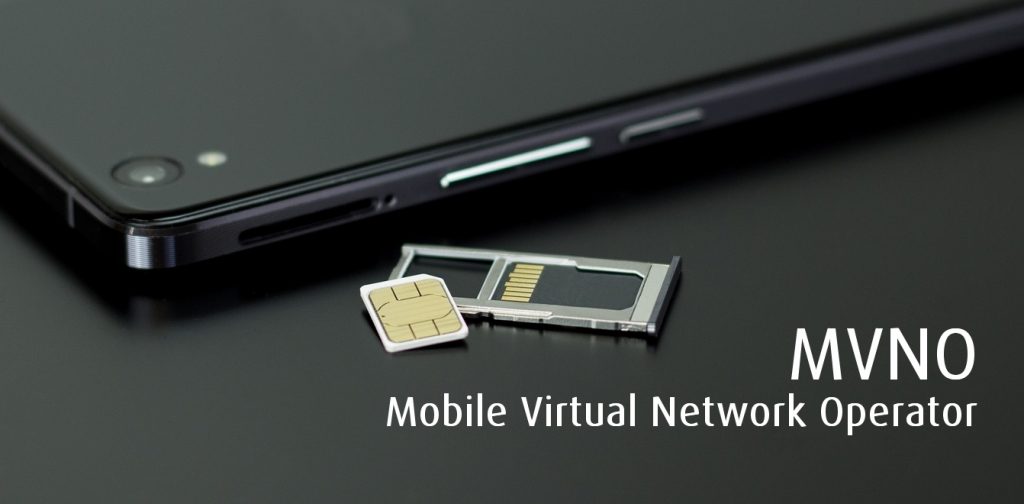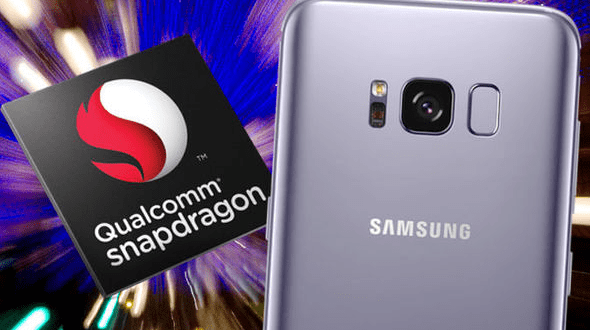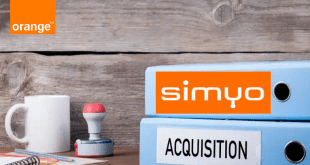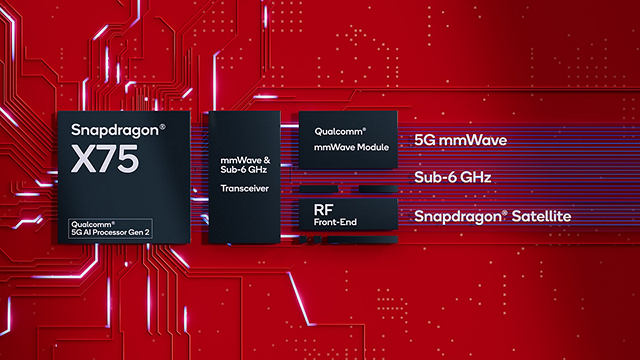Qualcomm and Samsung Achieve Groundbreaking Milestone
Simultaneous 5G 2x Uplink & 4x Downlink Carrier Aggregation for FDD Spectrum
In the ever-evolving landscape of telecommunications, the race to harness the full potential of 5G technology continues. Qualcomm and Samsung, two industry giants, have recently achieved a remarkable feat that promises to revolutionize the 5G experience. Their collaborative effort has led to the successful implementation of simultaneous 5G 2x Uplink & 4x Downlink Carrier Aggregation (CA) for Frequency Division Duplex (FDD) spectrum. This groundbreaking achievement is poised to reshape the way we connect, communicate, and consume data in the 5G era.
The groundbreaking test was conducted using a mobile phone test device designed in a standard form-factor. This device was equipped with the powerful Snapdragon® X75 5G Modem-RF System, complemented by Samsung’s cutting-edge 5G dual-band and tri-band radios, both of which support advanced carrier aggregation technology.
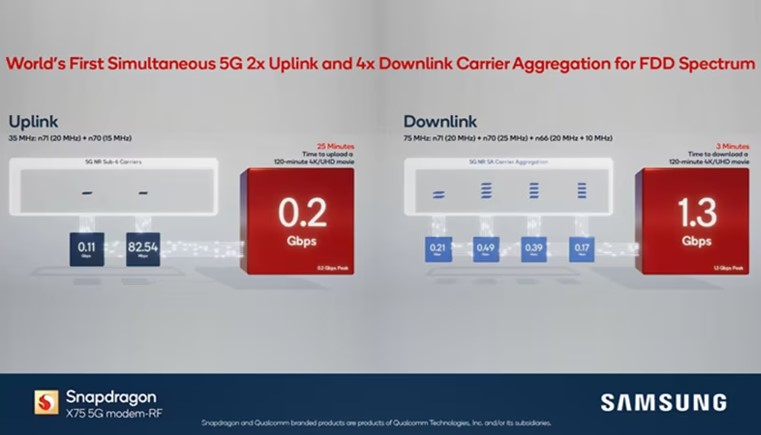
Unlocking the Potential of 5G
As the world transitions from 4G to 5G, the demand for faster and more reliable wireless connectivity is at an all-time high. 5G technology promises to deliver not only faster internet speeds but also lower latency, increased network capacity, and support for a myriad of applications, from augmented reality to autonomous vehicles. To realize the full potential of 5G, carriers and technology companies have been working tirelessly to innovate and push the boundaries of what is possible.
Carrier Aggregation: The Key to Enhanced 5G Performance
Carrier Aggregation is a crucial technique in the 5G. It allows multiple frequency bands to be combined, effectively widening the data highway and boosting overall network performance. By aggregating multiple carriers, both in the uplink and downlink, carriers can provide faster and more reliable connections to their users.
Traditionally, Carrier Aggregation has been used to combine carriers within the same spectrum band (intra-band aggregation). However, the breakthrough achieved by Qualcomm and Samsung focuses on inter-band aggregation, particularly for FDD spectrum. This development is significant because FDD is widely used globally, and optimizing it for 5G can lead to widespread benefits.
Simultaneous 5G 2x Uplink & 4x Downlink Carrier Aggregation Explained
The simultaneous 5G 2x Uplink & 4x Downlink Carrier Aggregation is a technical achievement that enables devices to utilize multiple frequency bands for both sending (uplink) and receiving (downlink) data simultaneously. Let’s break down the key components of this accomplishment:
- 2x Uplink Carrier Aggregation: In the uplink, this technology allows a device to transmit data over two different frequency bands simultaneously. This not only increases the upload speed but also enhances reliability, especially in crowded network environments.
- 4x Downlink Carrier Aggregation: On the downlink side, the technology aggregates data from four different frequency bands simultaneously. This results in significantly faster download speeds and a more robust connection, especially for bandwidth-intensive applications like video streaming and online gaming.
Advantages and Implications
- Enhanced User Experience: Simultaneous 5G 2x Uplink & 4x Downlink Carrier Aggregation will dramatically improve the overall user experience. Streaming 4K videos, downloading large files, and participating in high-quality video conferences will become smoother and more efficient.
- Reduced Network Congestion: With the ability to aggregate multiple bands simultaneously, carriers can distribute traffic more evenly across the spectrum. This reduces network congestion during peak usage hours, ensuring that users consistently receive high-quality service.
- Future-Proofing 5G Networks: As 5G networks continue to evolve, this technology will play a vital role in future-proofing these networks. It allows carriers to adapt to increasing demand and emerging technologies without the need for significant infrastructure overhauls.
- Global Compatibility: FDD spectrum is widely used around the world. The successful implementation of this technology for FDD spectrum ensures that users everywhere can benefit from faster and more reliable 5G connectivity.
- Business Applications: Beyond personal use, this technology opens the door to a wide range of business applications. Industries such as healthcare, manufacturing, and logistics can leverage the enhanced connectivity for remote monitoring, real-time data analysis, and more.
The Road Ahead
While Qualcomm and Samsung’s achievement is undoubtedly a significant milestone, it’s just the beginning of the 5G journey. The telecommunications industry will continue to push boundaries, striving for even faster speeds, lower latency, and broader coverage. As 5G technology matures, we can expect more innovations that will reshape how we work, communicate, and experience the digital world.
Conclusion
Qualcomm and Samsung’s successful implementation of simultaneous 5G 2x Uplink & 4x Downlink Carrier Aggregation for FDD spectrum represents a giant leap forward in the 5G revolution. This achievement promises to deliver faster, more reliable, and more efficient connectivity to users around the world, transforming the way we live and work. As the telecommunications industry continues to innovate, we can look forward to a future where the full potential of 5G technology is realized, bringing with it unprecedented opportunities and possibilities.
By Abdul W Moghul
 MVNO MVNE MNO Mobile & Telecoms industry intelligence Telecoms Jobs, News and Business
MVNO MVNE MNO Mobile & Telecoms industry intelligence Telecoms Jobs, News and Business
